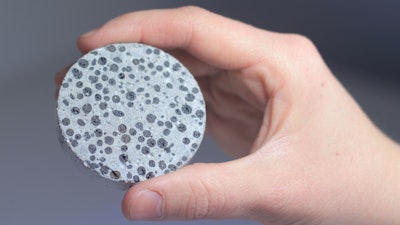
An analysis by Market Research Future (MRFR) projects that the global self-healing concrete market will grow at a striking CAGR of 24% over the forecast period of 2019 to 2024.
Self-healing concrete is developed with the primary objective of curbing the cost of maintenance and improving the life of construction structures. Self-healing concrete aids in healing cracks and subsequently reduces maintenance costs, thereby boosting its high demand across the globe. Additionally, the growth of the construction industry is anticipated to majorly drive the global self-healing concrete market over the forecast period.
While the market is expected to grow at a significant pace, the industry largely has not yet adopted self-healing concrete. A lack of awareness concerning self-healing concrete across various nations could still dampen the overall growth of the market during the forecast period, as well as its high cost.
Competitive Landscape
The global self-healing concrete market is at its founding stage and is comprised of a limited number of players across the globe.The players operating in the market are employing a number of key strategies to expand their globular reach and increasing share percentage in the market.
In May 2019, Dutch-based biotech company Green Basilisk announced the concept of walls and buildings healing themselves like human skin. The company is turning this into reality by inserting special limestone-producing bacteria into concrete.
Other key players in the market include: Devan-Micropolis (Portugal), Basilisk (Netherlands), CEMEX S.A.B. de C.V. (Mexico), Acciona, S.A. (Spain), Akzo Nobel N.V. (Netherlands), Sika AG (Switzerland), and Fescon (Finland).
Market Segmentation
The market is also segmented in terms of end-user and form.
By form, the market is divided into intrinsic and extrinsic forms. The extrinsic segment is broken down further into vascular and capsule based. The capsule-based segment held the highest share of the self-healing concrete market in 2018 and is expected to remain at the top of the rankings during the ongoing forecast period. The segment is experiencing considerable increase in growth due to its environment-friendly, ease to design admixture content, and the capability to heal multiple cracks, simultaneously.
By end-user, the market is broken down into commercial, civil infrastructure, residential and industrial. The civil infrastructure segment enjoys the highest share of the global market due to the number of construction projects for tunnels, dams, roads, and an increasing need for durable and reliable civil engineering structures. Self-healing concrete is always preferred for the construction of civil infrastructure like tunnels and bridges and for reducing maintenance costs in the long run.
Regional Analysis
The global self-healing concrete market is geographically distributed across the following key regions: Asia Pacific, North America, Europe and the Rest-of-the-World (RoW).
Europe enjoys the highest share in the global self-healing concrete market and is projected to remain at the top in the forthcoming years. Increasing awareness among consumers concerning the wide array of benefits of self-healing concrete is one of the key drivers of the market in this region.
The North American and Asia Pacific regions also make up a considerable share of the global self-healing market and are expected to maintain their ascension until the end of the forecast period. Growth in these regions can be attributed to rising investments in massive construction and various research projects.
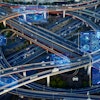

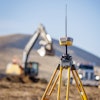
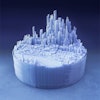
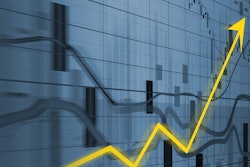
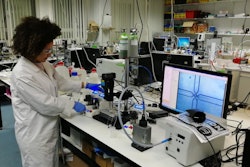
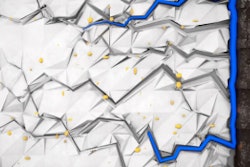

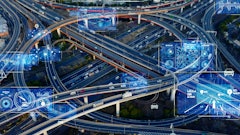



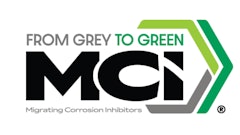



![Fcp Racatac Chair 10893876[1]](https://img.forconstructionpros.com/mindful/acbm/workspaces/default/uploads/2025/10/fcp-racatac-chair-108938761.10l0At5WXv.png?ar=16%3A9&auto=format%2Ccompress&bg=fff&fill-color=fff&fit=fill&h=135&q=70&w=240)


